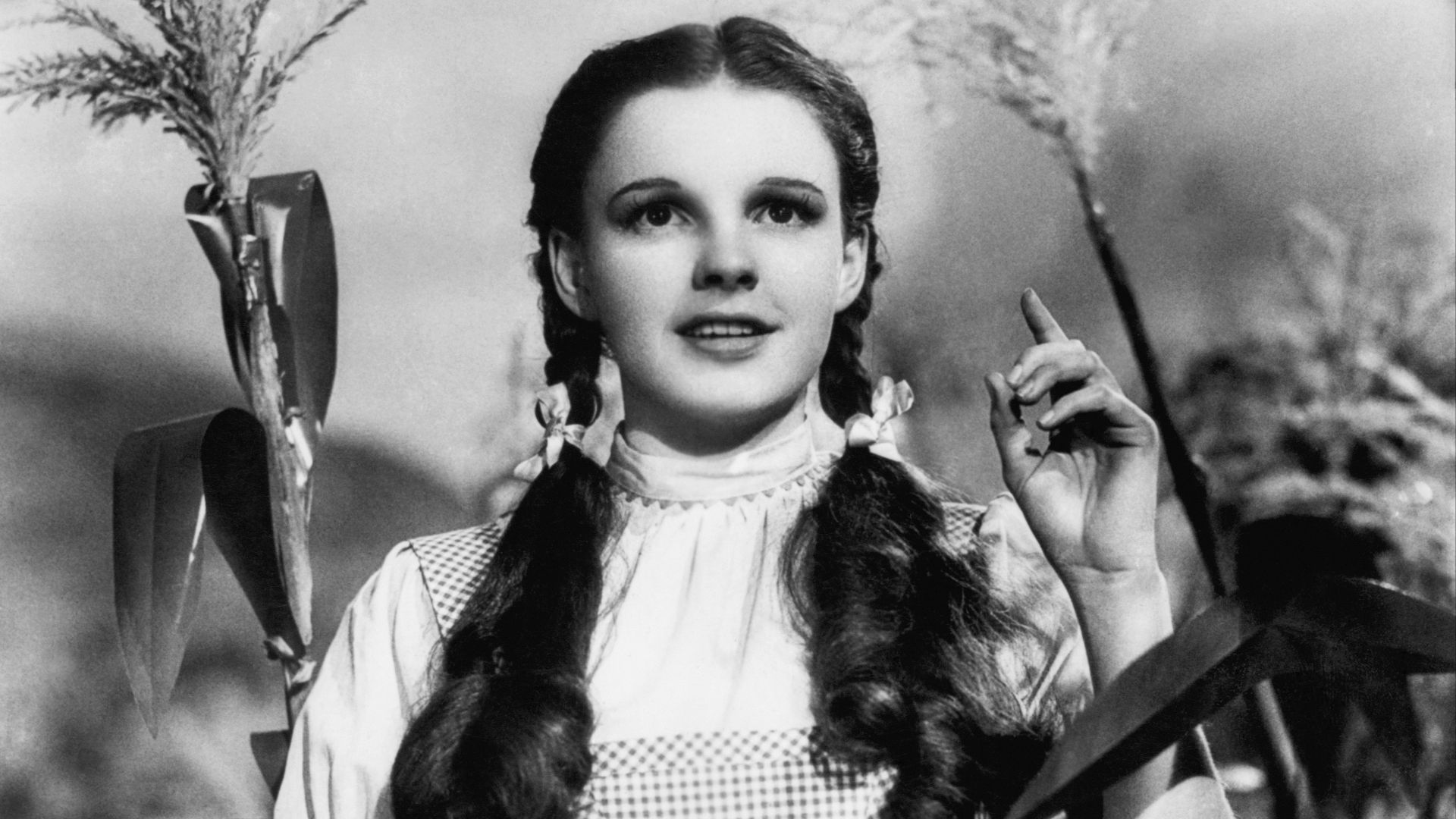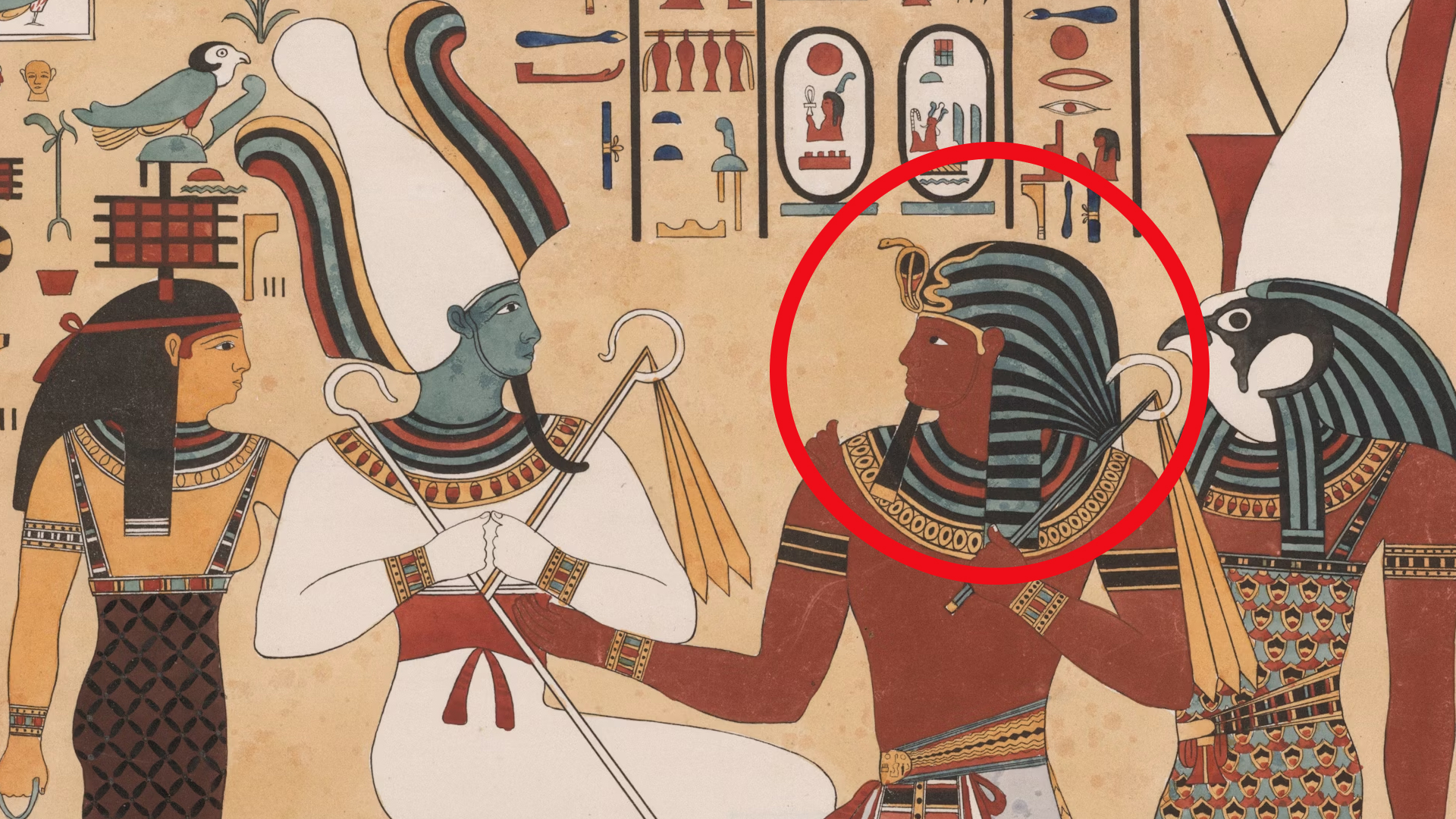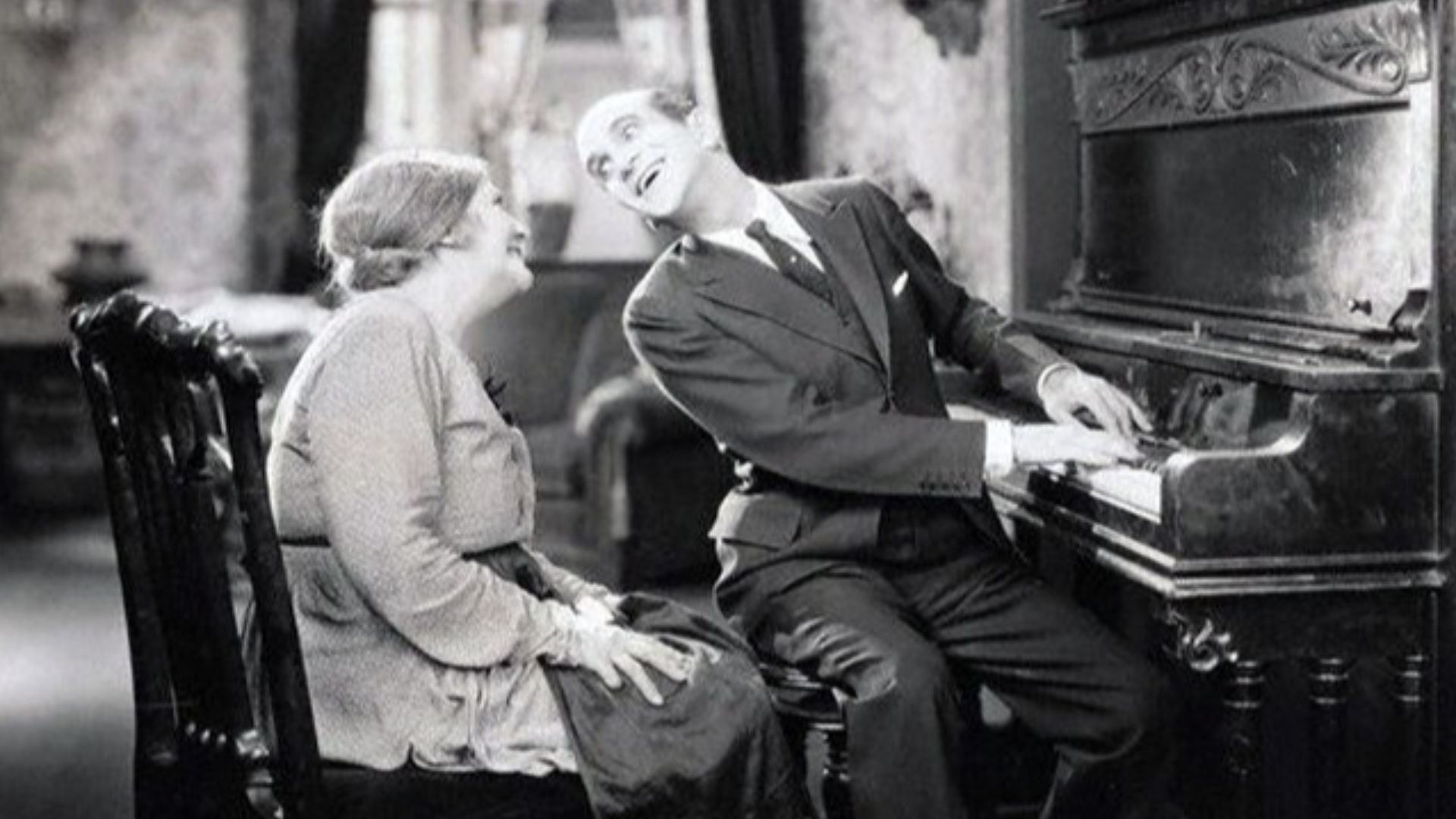 CBS Television Network. on Wikimedia
CBS Television Network. on Wikimedia
There was a time when silver screens glowed brighter than ever, when movie stars were celestial figures commanding attention a world unlike anything people had seen before. Between the late 1920s and early 1960s, Hollywood was a dream factory. This was the Golden Age that birthed legends and shaped the very idea of what it meant to be a star.
But what made it so magical? Join us as we explore one of the most beloved and celebrated eras in Hollywood history.
The Birth Of A Dazzling Dream Factory
The Golden Age arrived with the sound of synchronized voices echoing through theaters. The introduction of “talkies,” beginning with The Jazz Singer in 1927, changed everything. Suddenly, film was alive and became more than an art form.
Studios like MGM, Warner Bros., Paramount, RKO, and 20th Century Fox built vast backlots where entire worlds were created on the set from scratch. Each studio had its unique flavor that could be used to build the stories. But it was about the system behind the films as well. The “studio system” gave Hollywood a sense of order and identity.
Actors and directors signed exclusive contracts to create a consistent output of films that audiences could trust. Moviegoers lined up weekly, knowing their favorite star would return to charm them again.
And in those carefully constructed stories, America found both an escape and a mirror.
The Attractions Of Stardom And The Spell Of Storytelling
Stardom in the Golden Age was engineered. Talent scouts roamed the country searching for charisma that couldn’t be taught. When they found it, studios molded it until a “star” emerged, camera-ready and larger than life.
Yet, what truly set this era apart was magnetism. There was something effortlessly real about Humphrey Bogart’s weary charm, Audrey Hepburn’s ethereal grace, or Marilyn Monroe’s vulnerable sensuality. These were icons of emotion. They captured the nuances and temptation with such conviction that audiences forgot the screen separating them.
The stories, too, carried a kind of magic that transcended time. Filmmakers dared to dream big—musicals like Singin’ in the Rain celebrated joy itself, while noirs like Casablanca and Double Indemnity probed the shadows of human desire. Every line was crafted with rhythm and wit. Screenwriters like Billy Wilder and Preston Sturges understood that good dialogue made characters immortal.
Where The Lights Still Shine
Even now, when you stream a classic or catch a black-and-white frame flicker on screen, you’re watching a time when storytelling was pure. The filmmakers pushed boundaries using creativity rather than technology. The costumes may seem dated, and the dialogue might feel formal, but the emotions? They’re eternal.
Modern directors like Damien Chazelle, Martin Scorsese, and Greta Gerwig often draw from Golden Age techniques—tight storytelling, stylized sets, and emotionally centered performances—to remind audiences that timeless storytelling will always outshine trends or technology.
KEEP ON READING

The Impact Of Michael Jackson's Thriller Album On Music History
Call Me Fred on UnsplashReleased on November 30, 1982, Thriller…
By Farva Ivkovic Nov 17, 2025
Einstein's Violin Just Sold At An Auction—And It Earned More…
A Visionary's Violin. Wanda von Debschitz-Kunowski on WikimediaWhen you hear…
By Ashley Bast Nov 3, 2025
This Infamous Ancient Greek Burned Down An Ancient Wonder Just…
History remembers kings and conquerors, but sometimes, it also remembers…
By David Davidovic Nov 12, 2025
The Mysterious "Sea People" Who Collapsed Civilization
3,200 years ago, Bronze Age civilization in the Mediterranean suddenly…
By Robbie Woods Mar 18, 2025
20 Inventors Who Despised Their Creations
Made It… Then Hated It. Inventors often dream big, but…
By Chase Wexler Aug 8, 2025
20 Incredible Items In The British Museum People Say Were…
Mystery In History. The mighty halls of the British Museum…
By Chase Wexler Sep 8, 2025


